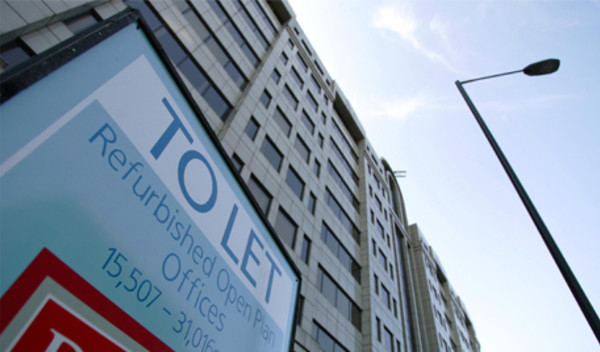

However, it need not be, and we are seeing the part purchase of a commercial property or land being considered by more and more clients.
The tax benefits of owning a commercial property in a pension compared with owning it personally or via a company are well documented, with one main benefit that there will not be any future capital gains tax payable when the property is eventually sold. In addition, all rental income received by a pension is income tax free and all rental payments by the client’s company paid to the Sipp/Ssas as landlord can be classed as a genuine business expense.
All these tax incentives apply equally to part ownership of a property, as they do to 100 per cent pension scheme ownership.
In most client scenarios, we work with the financial adviser and the client to explore all available options to finance the property purchase. In my experience, without doubt funding a full purchase of a property is often the option with fewest challenges and is technically easier for all parties involved from solicitors to bankers to Sipp/Ssas providers. Therefore, we would always suggest that all the following options are reviewed:
o Are there any existing pensions that are suitable for transfers to the Sipp/Ssas?
o Can new contributions be made – member or employer, subject to £40,000 annual allowance limits in place at the time of writing and what, if any, scope is there for carry forward to be used?;
o What about the introduction of a second or third member/investor? Establish what existing pensions they may have that could be transferred into the Sipp/Ssas and what scope there may be in terms of contributions for them;
o Can the Sipp/Ssas borrow from a bank or the employer?
If these considerations do not stack up and create the necessary liquidity to allow a full purchase then part-purchase may be an attractive alternative option.
If all options for a full purchase have been explored but funds are still short then part purchase is something that should be explored.
First, you should ask yourself: “Does my favoured Sipp/Ssas provider permit part purchase of commercial property?” Many specialised Sipp/Ssas providers do, but do check.
It is likely you will need to provide them with the following:
1. A copy of the property valuation;
2. A summary of the parties involved in the transaction, confirming which, if any of them, are 'connected' to the client.
3. A summary of the financials – how much do the clients have in existing pensions, what new contributions (if any) can be paid, etc.
4. The VAT status of the property as that has a bearing on purchase price.
5. Whether there are any plans to extend or refurbish the property together with what that project would cost.
The Sipp/Ssas provider will then work with you to see if the wider proposal stacks up, and they will help identify the challenges that lie ahead.
Part purchase – the key challenges
Of course every scenario is different, but part purchase of a commercial property will throw up various challenges including:
a) Other owner – who is the other legal owner of the property? The wider risks of joint property ownership are reduced if the other legal owner is the client personally or it is their company.
b) VAT – Is the property 'opted to tax' and subject to VAT? If so, the pension scheme will have to create a 'VAT partnership' with the other legal owner. Only one VAT return for the whole property is acceptable to HMRC. Specialist VAT accountants can assist with this VAT partnership.
c) Mortgage – Is the Sipp/Ssas or the other owner borrowing funds to finance their share of the property purchase? If so, the bank really needs to understand the wider transaction and they are likely to insist on first charge security over the entire property.
Jeff Steedman is head of Sipp/Ssas business development at Xafinity



